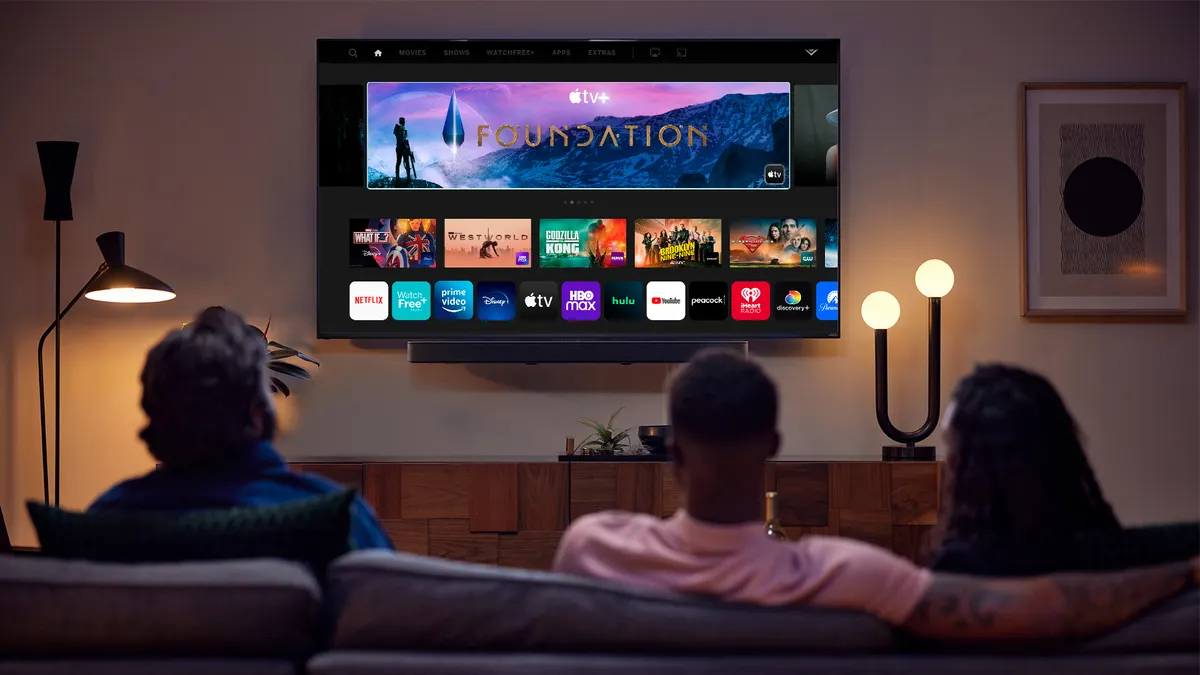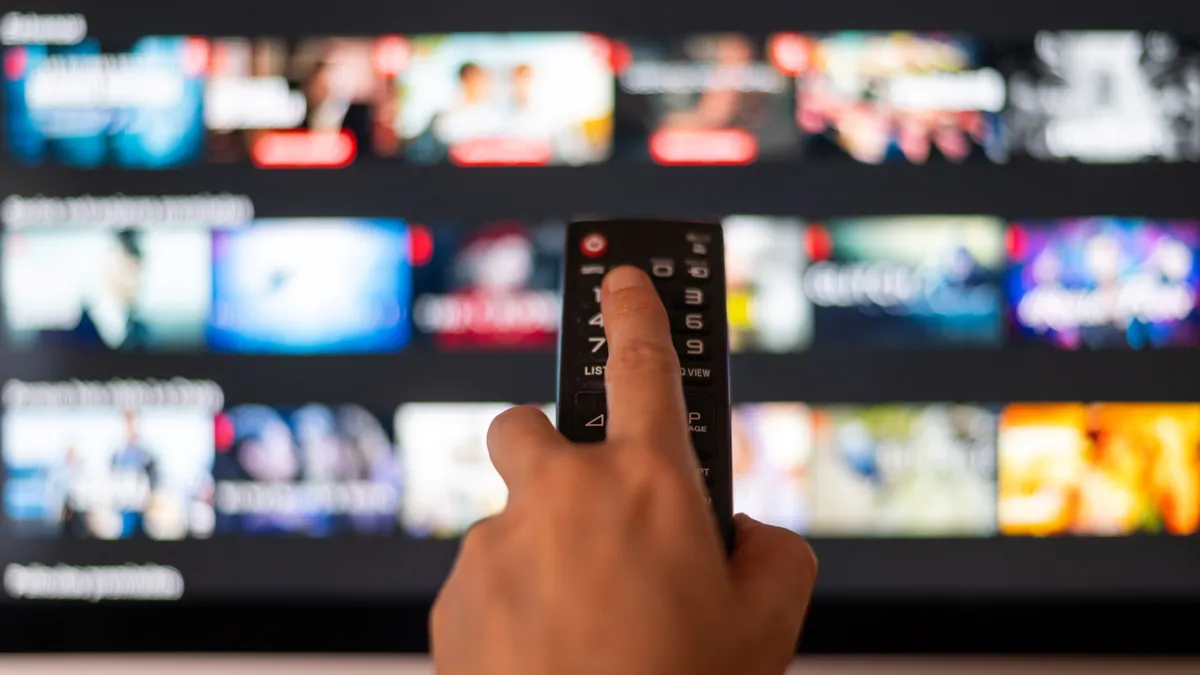Editor's Note: The following is a guest post from Jason Molina, director of Engagement Planning & Strategy at Fullscreen Brandworks.
Something happened on the road from "the spots and dots" of traditional media to the views and impressions of the digital revolution. Much of the industry has suddenly lost its way in a fog of viewability and changing definitions, while progressive marketers and consumers alike continue to migrate their time and energy onto new platforms and services.
In some cases, it has become so disorienting that a complete U-turn back to the relative safety and comfort of a target rating point (TRP) has been made. What used to be the promise of granularity and accuracy of data offered by digital media has given way to an overabundance of metrics that has left many marketers in analysis paralysis and a race to the lowest common denominator of measurement.
Meanwhile, TV is doing its best impression (pun intended) of digital media, with the promise of addressability to hit the mainstream. The channel's continued reliance, however, on the accuracy of questionable Nielsen ratings and the introduction of total audience measurement, which on first blush seems to treat all eyes equally, leaves much to be desired.
In a mad dash to find new revenue near where the old has dried up, this pursuit of the "Holy Grail" appears to miss the bigger picture in favor of an easier route. This, of course, begs the question: What is the bigger picture being missed? This isn’t meant to proclaim that the Holy Grail exists or that there is some silver bullet. It’s quite the opposite, actually. The bigger picture is a more nuanced evaluation of media. We need to evolve from a world overly focused on views, impressions and TRPs to instead evaluate media opportunities and develop strategies through the lenses of attention, effectiveness and message quality.
1.) Valuing attention as currency
Attention matters because it’s one of the main criteria necessary for a message to be fully communicated. If the intended recipient of a message isn’t paying attention, then the message gets lost. Attention is the gatekeeper of creative either making it through to the intended target or missing it.
It’s also the first step to memorability before hearts and minds can change. Attention can be broken down and interpreted by a marketer in many ways. For the purposes of this discussion, let's start with time spent. Time spent is an indication that the page or video player is displaying the content being shown via the player or page layout and is a fine proxy for a human viewing said content.
Time spent can be found in useful measures such as average seconds viewed and completion. Whether through server data, panel data or survey data, time spent metrics are readily available and waiting to be normalized to fit a marketer's objective.
Of course, time spent should always be tied to some measure of qualified viewing. Keep in mind though, if your ad isn’t viewable, theoretically you should see that reflected in your effectiveness measurement KPIs. So ask yourself: Is the opportunity you’re considering a space where people are actually paying attention?
2.) Effectiveness is more complex to define but no less possible
Parsing it out into effectiveness measurement buckets of cost-per-effective X vs. ad effectiveness is one way for it to be digested. Cost effectiveness is available to any media planner-strategist, and some simple math relative to attention metrics should put marketers in a good place.
Ad effectiveness, however, can be difficult to reconcile and very much dependent on a marketer's objective. It can be represented by anything from conversion (off- or on-site) to brand metrics lift (awareness, consideration, perception, etc.).
It may also take some upfront investment in research to begin quantifying internal benchmarks but, in the absence of said investment, there is plenty of research waiting to be mined. It’s important to note that effectiveness can be tied to the size of the communications effort, the market penetration of a product or service and the frequency at which a product or service is purchased or used by consumers.
Has the opportunity you’re looking at been shown to positively shift the KPIs that are important to you and was it done cost effectively? Can your strategy deliver on both measures of effectiveness?
3.) Message quality is more subjective but still key
Engagement planning is often explained as a mix of art and science. Message quality is the art to the science of effectiveness and attention metrics. This is where creative format and media consumption behavior come together to better market a brand message.
When comparing, for example, time spent with branded content vs. a 30-second spot (auto-play/sound-off) in a newsfeed, make sure to consider the quality of the time spent with each of the formats. The formats are diverse and can evoke varying levels of attentiveness. Weigh the quality of each type of marketing exposure differently and consider the context in which the messaging is being placed. Aside from a proper evaluation of the tactic, this informs the creation of messaging built to make the most out of each exposure.
Geico’s "Unskippable" — named Ad Age's 2016 campaign of the year — deftly maneuvered these considerations with five-second, unskippable ads which left you wanting for more. These ads were seen more than 14 million times and proved to be an effective media placement that helped contribute to record-level mobile and online quotes.
When thinking about message quality, is the audience "time spent" spent attentively, perhaps building equity that will pay out in dividends later? The lifetime value of a customer developed through an optimized marketing experience can be more valuable than one based on short-term goals.
Compare, for example, a homepage takeover to the slower burn of branded content. The takeover might yield immediate returns through sheer tonnage, but branded content could build a stickier relationship with a customer who will spend more in the long run. Differing objectives might demand that short-term gains be prioritized, but it’s important to note the difference as it relates to overall media strategy. A media vehicle that shines brightly through all three of these lenses can have a massive impact.
4.) Tying it all together
You’ll likely notice that each of these lenses is focused on audience. Is the audience paying attention? Are they cost effectively be compelled to act or change their opinion? How does the audience react differently when consuming media in different formats?
Putting audience first can help marketers broaden the idea of what media is, and can be, while simultaneously driving what best complements or supplements their full marketing efforts. The pitfalls of a "counting only" reach and frequency approach, with models sometimes incorrectly equating reach with effectiveness, is what should be avoided when maximizing marketing spend.
However, each advertiser is also unique and must be treated as such. More objectives, resources, bandwidth levels and even politics will require a bespoke, weighted approach that factors in all three of these lenses.
Many purport to develop their strategy in this manner. Some do it well, as seen by the endeavors of companies like Geico, but many still don’t. Silos still exist, ideologies are still entrenched and some stakeholders are too disincentivized to change or lack the willingness to adapt because it's simply too hard.
Fortunately, reinforcements are on the way. Media entities, agencies and advertisers alike are adapting, with custom holding company solutions and in-house production studios quickly becoming popular. We have more measurement tools at our disposal than ever before and accessibility to data is at an all-time high.
This proliferation makes these decisions of engagement strategy easier than ever before, but it still takes a bold marketer making tough decisions to fully realize the potential of their marketing. So let’s be bold.



















